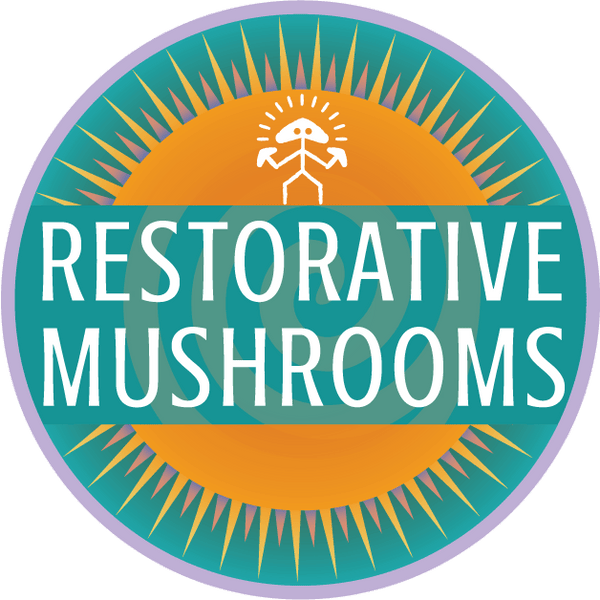Mat's Story

I grew up hiking the upper falls at Fossil Creek at least once a month with my brother. Located in central Arizona, a long trek into the this magical canyon drops you 1,600 feet to reveal a rare high-desert riparian oasis. The flowing creek, lined with blackberry bushes, takes you over breathtaking waterfalls, through complex cave systems, and even to a vortex pool. Over the years the creek’s calcium laden waters have deposited large amounts of a type of limestone called travertine, a rock-like substance that encases whatever happens to fall into the creek bed, forming the fossils the area is named after.


Fossil Creek used to be home to river otters until APS (a local electrical corporation) began constructing a dam in 1915. Only after using over 400 mules and 600 men to pull at least 150 wagons down to the remote canyon stream in order to build 8,800 feet of concrete flumes was the project determined pointless and decommissioned. Since then the beautiful, naturally occurring travertine dams have returned, but erosion and topsoil loss from the old dirt road built built by APS along the creek continue to threaten the native fish, and the health of the entire ecological community of this amazing place.

In 2008 I read a book written by my friend Derrick called How Shall I live My Life and through his writings on environmental philosophy and systemic destruction discovered the work of Paul Stamets. Paul’s extensive knowledge and passion introduced me to the amazing kingdom of fungi with their potential to help repair some of the most appalling damage done to wild places in the name of progress and development. This rewilding is achieved through the techniques of mycoremediation, using mushrooms and their mycelium network to break down the hyper-accumulation of heavy metals and toxic chemicals in soil, and mycorestoration, using mushrooms and their mycelium network to create topsoil, restore structure and water holding capacity to prevent erosion, and act as a catalyst for the return of native plants and insects. In 2011 after Derrick references his work again in his book Dreams, I finally got my hands on Paul Stamet’s Mycelium Running. That finally led down the path of becoming an urban mushroom farmer. I have been growing Reishi ever since with the focused intention of learning how to work with mushroom mycelium in order to one day use mycorestoration to help stop topsoil loss from ruining the wild places I love due to erosion from poorly planned roads.


A few years later while hiking Fossil Creek my brother spotted a tree stump with large reishi conks a few feet from the creek! We took home a single reishi to clone. I have been cultivating my Fossil Creek reishi ever since to help better understand the wants and needs of mushroom mycelium. I would love to one day use my Fossil Creek Reishi strain to help stop the erosion taking place all along the creek which results in not only topsoil loss, but also the erosion of excess soil into the creek which is negatively effecting the marine life. Fossil Creek is a unique ecosystem that hosts some of the most diverse wildlife in Arizona and needs to be restored and protected.

After moving to Oregon in 2022 I started Restorative Mushrooms with my co-founders in hope that by sharing my reishi with others I might get closer to my dream of one day using my Fossil Creek reishi in a soil restoration project. Myco remediation also has huge potential for rewilding in Oregon where the increasing weather extremes and fire season are causing more erosion, landslides, and drought. I also know that Reishi is a very potent functional mushroom from my own experience, and I want to share it’s healing potential with others.


Below is an example of the amazing soil restoration work that is possible with saprophytic fungi like Reishi, Oysters, or Turkey Tail. See fungi in action!
